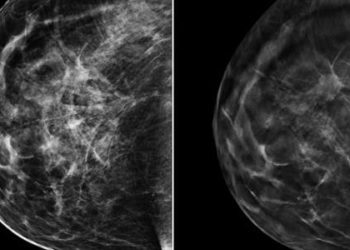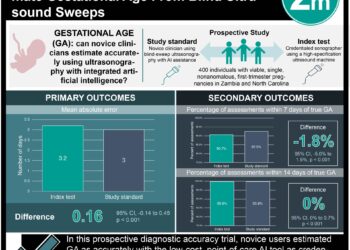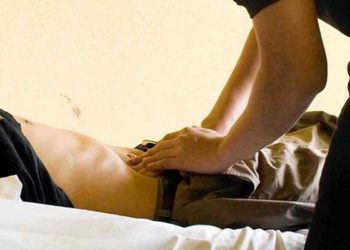Ultrasound specific but not sensitive for perforated versus nonperforated appendicitis in children
1. In a prospective study of over 570 children with appendicitis, ultrasound (US) is highly specific but not sensitive in the detection of appendix perforation.
2. Duration of symptoms, greater maximum diameter, simple and complex peri-appendiceal fluid, and the presence of an appendicolith was positively associated with appendix perforation.
Evidence Rating Level: 2 (Good)
Study Rundown: While appendectomy has previously been the mainstay of treatment for acute appendicitis, there is increasing evidence supporting conservative management with antibiotics for cases of uncomplicated, non-perforated acute appendicitis. US is the preferred imaging modality in the pediatric population as it is noninvasive and lacks ionizing radiation. However, there have been no large prospective studies analyzing the efficacy of US in differentiating perforated versus non-perforated appendicitis. The purpose of this study was to examine the performance of US in differentiating perforated and nonperforated appendicitis in a large cohort of pediatric patients. The study prospectively analyzed the US results of over 570 children with acute appendicitis. At the conclusion of the study, US was shown to be highly specific, but not sensitive for the detection of perforated appendicitis. Factors that were significantly associated with perforated appendicitis included greater maximum diameter, presence of an appendicolith, and simple or complex peri-appendiceal fluid. The study is strengthened by the use of a validated, structured scoring system based exclusively on US features to differentiate between perforated and nonperforated appendicitis. This was the first prospective study to evaluate the performance of US for differentiating perforated and nonperforated appendicitis in a large cohort of pediatric patients.
Click to read the study in Radiology
Relevant Reading: Antibiotic therapy vs appendectomy for treatment of uncomplicated acute appendicitis
In-Depth [prospective cohort]: This was a prospective cohort study that evaluated 4,183 pediatric patients using abdominal US and a clinically validated risk-stratified scoring system for appendicitis. Among the patients evaluated, 577 were given an US diagnosis of appendicitis and used in the final study cohort. Surgical diagnosis was used as the reference standard. The primary objective was a comparison of the US and surgical diagnoses and to determine US features predictive of appendiceal perforation. Among the 577 patients given an US diagnosis of appendicitis, 468 were scored as acute nonperforated appendicitis and 109 cases were complex perforated appendicitis. The US sensitivity and specificity for nonperforated appendicitis was 93.1% (95%CI: 90-95%) and 44% (95%CI: 36-52%), respectively. The sensitivity and specificity for perforated appendicitis was 44% (95%CI: 36-52%) and 93.1% (95%CI: 90-95%), respectively. US features that demonstrated significant positive associations with perforated appendicitis included greater maximum diameter (OR: 1.46; 95%CI: 1.18 to 1.40; p < 0.0001), simple peri-appendiceal fluid (OR: 2.08; 95%CI: 1.32 to 3.27; p < 0.002), complex peri-appendiceal fluid (OR: 18.5; 95%CI: 9.39 to 36.28; p < 0.0001), and the presence of an appendicolith (OR: 1.67; 95%CI: 1.07 to 2.61; p = 0.02). Other positive associations included duration of symptoms (OR: 1.46; 95%CI: 1.23 to 1.72; p < 0.0001). A fluid-filled lumen was negatively associated with perforation (OR: 0.34; 95%CI: 0.17 to 0.663; p = 0.002).
Image: PD
©2017 2 Minute Medicine, Inc. All rights reserved. No works may be reproduced without expressed written consent from 2 Minute Medicine, Inc. Inquire about licensing here. No article should be construed as medical advice and is not intended as such by the authors or by 2 Minute Medicine, Inc.







